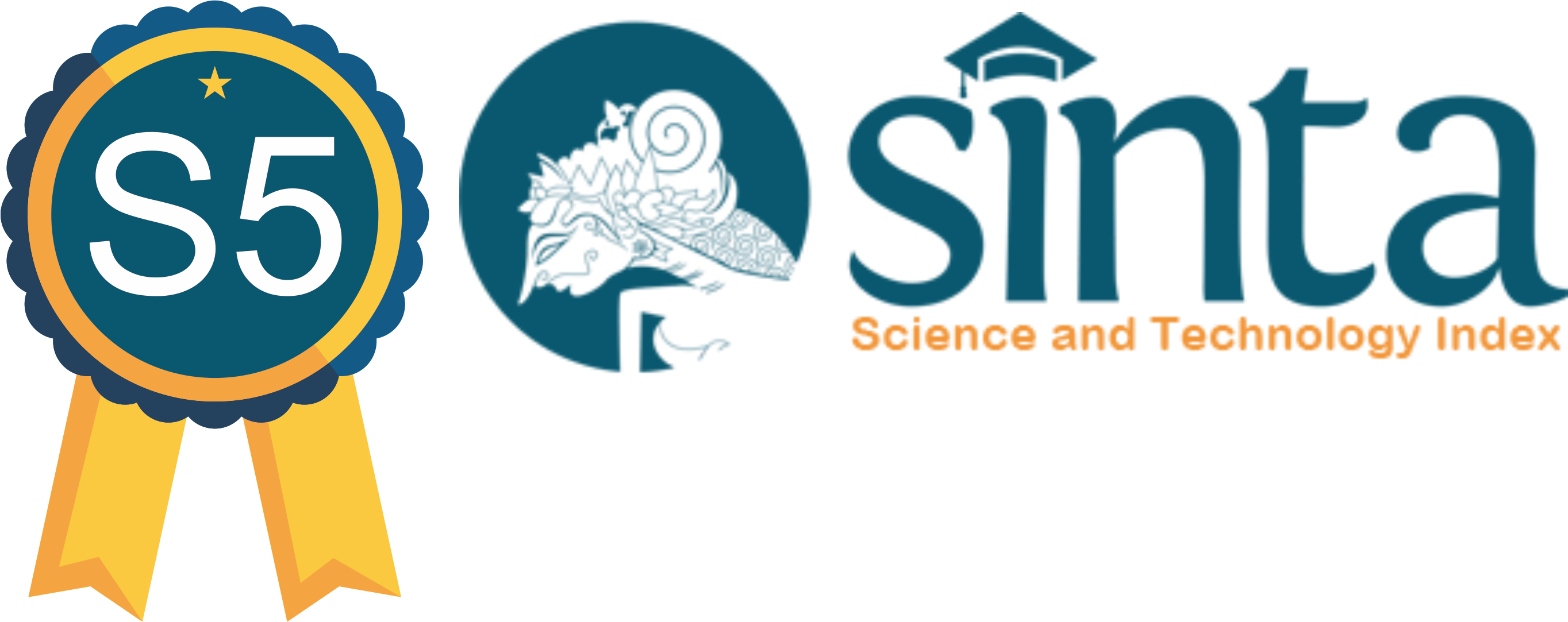Anti-Social Behaviour in Assisted Children at LPKA Class I Kupang
Abstract
This research aims to describe the factors that trigger the emergence of anti-social behaviour and forms of anti-social behaviour in assisted children of LPKA Class 1 Kupang. This study uses a qualitative method. Five people took part in the investigation. Data validity testing was performed through triangulation. Two themes were found in this research: factors in the development of anti-social behaviour and forms of anti-social behaviour. Research shows that anti-social behaviour in children in care is caused by factors that originate within the individual, also known as internal and external factors or those that originate from outside the individual (the environment). Internal factors leading to anti-social behaviour are aggression, curiosity, fear of exclusion, satisfaction/happiness, and lack of regret. External factors that can lead to anti-social behaviour include unhealthy relationships from the participant's environment, such as family, social friends, and social/community environment. This means that relationships with people around him can influence a person so much that they become a factor in developing anti-social behaviour. The forms of anti-social behaviour among children in care are very diverse, such as physical violence, sexual violence, verbal violence, illegal running, theft, and alcohol abuse.
Downloads
References
Anisa, N., Rahmawati, A., dan Matsuri. (2014). Faktor-Faktor yang Mempengaruhi Perilaku Antisosial Anak Usia 4-5 Tahun di TK Eka Puri Mandiri Manahan Banjarsari Surakarta Tahun Ajaran 2013/2014. Jurnal Universitas Sebelas Maret. 1-5.
Aziz. (2015). Pengaruh Perceraian Orang Tua Terhadap Perilaku Agresif Anak Usia Dini. Jurnal Kreativitas Pengabdian Kepada Masyarakat (Pkm), 71-76.
Burt, S. A., Donnellan, M. B., Iacono, W. G., & McGue M. (2011). Age-of-Onset or Behavioural Sub-Types A Prospective Comparison of Two Approaches to Anti-social Behaviour. Journal Abnormal Child Psychology. 3,633-644.
Hsb, M. H. (2021). Penyebab Remaja Antisosial Di Lembaga Khusus Anak Kelas 1 Tanjung Gusta Medan. Skripsi. Fakultas Psikologi. Universitas Medas Area: Medan.
James, B. (2010). Anti-social Personality, Sociopathy and Psychopathy in Personality 100.com. http;///www.personalitybook.com
Jasmisari, M., & Herdiansah, A. G. (2022). Kenakalan Remaja Di Kalangan Siswa Sekolah Menengah Atas Di Bandung: Studi Pendahuluan. Aliansi : Jurnal Politik, Keamanan Dan Hubungan Internasional, Special Edition, 137–145. https://doi.org/10.47467/reslaj.v4i1.561
Maharani, M., & Ampuni S. (2020). Perilaku Anti Sosial Remaja Laki-laki ditinjau dari Identitas Moral dan Moral Disengagement. Indigenous: Jurnal Ilmiah Psikologi, 5(1), 54-66. doi: https://doi. org/10.23917/indigenous.v5i1.8706
Pieter, H.Z& Lubis, N.L. (2010).Pengantar Psikologi dalam Keperawatan. Jakarta: Kencana.
Sajono, I & Budiyono, D.A. ( 2012). Kepribadian Antisosial: Fokus Pada White-Collar Crime. Journal Psikiatri Surabaya, 1(1), 1-11.
Sari, D.Y., Fadhilah, S.S., Susilo, A.T. (2019). Perilaku Antisosial: Faktor Penyebab dan Alternatif Pengentasannya. Jurnal Psikoedukasi dan Konseling, 3(1), 1-9.
Vadivel, B., Alam, S., Anwar, C., Teferi, H., (2023). Examining the Relationship between Anti-social Behaviour and the Academic Performance of Teenagers: The Role of Schools and Causes of the Anti-social Behaviour. Hindawi Education Research International. 1-11./
Copyright (c) 2024 MEYKE ASTUTI YEMIMA SEU, Diana Aipipidely, Theodora Takalapeta

This work is licensed under a Creative Commons Attribution-ShareAlike 4.0 International License.
Journal of Health and Behavioral Science (JHBS) is licensed under a Creative Commons Attribution-ShareAlike 4.0 International License. You are free to copy, transform, or redistribute articles for any lawful purpose in any medium, provided you give appropriate credit to the original author(s) and JHBS, link to the license, indicate if changes were made, and redistribute any derivative work under the same license. Copyright on articles is held by the authors. By submitting to JHBS, authors grant any third party the right to use their article to the extent provided by the Creative Commons Attribution-ShareAlike 4.0 International License.

 MEYKE ASTUTI YEMIMA SEU(1*)
MEYKE ASTUTI YEMIMA SEU(1*)








